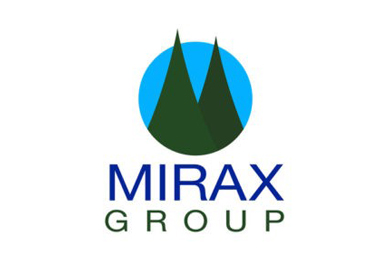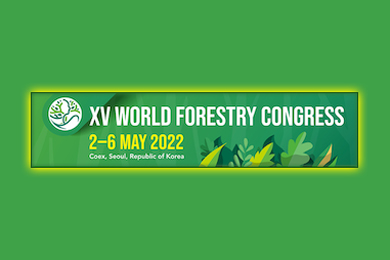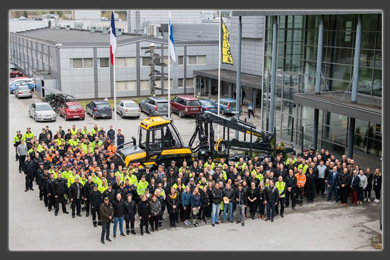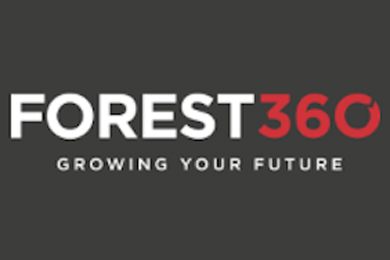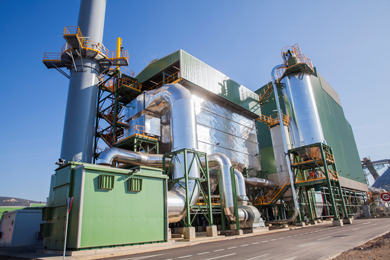Stora Enso, Tornator and WWF Finland have launched a three-year cooperation to improve the condition of Finland’s freshwaters forest streams and to conserve and protect their species. The first voluntary work will take place in summer 2022.
The aim of the cooperation is to restore habitats in small waterbodies, mainly in forests, closer to their natural state. This will strengthen the biodiversity of Finnish nature. Stora Enso, Tornator and WWF Finland will identify suitable restoration sites in areas owned by Tornator. Stora Enso’s and Tornator’s employees will have a chance to participate in the practical voluntary work together with WWF experts.
Through the joint restoration work their aim is to conserve and restore freshwaters such as streams and rivers, improve habitats for aquatic species, and remove migration barriers such as culverts that function as waterways under road banks. Culverts that are installed too high block trout and other freshwater species from reaching their spawning grounds.
Streams close to their natural state are important habitats for forest and aquatic species. In addition to migratory fish, endangered water insects, mosses, crayfish, and mussels, among others, depend on free-flowing waters. At the same time, many forest species benefit from the improved condition of freshwaters.
The new cooperation is part of Stora Enso’s biodiversity programme in Finland
In Finland, streams that have biggest restoration potential are located in forests. It is therefore only natural that Tornator, Finland’s largest private forest owner, and Stora Enso partner with WWF in this new initiative.
Managing forest biodiversity is an important part of Stora Enso’s and Tornator’s daily forest operations. Cooperation with WWF Finland is part of Stora Enso’s and Tornator’s biodiversity programmes.
“Our biodiversity programme in Finland brings together nature management measures that improve habitats for endangered species and water protection. The cooperation for forest streams is a new step in our biodiversity work and a great continuation of our long-term partnership with WWF Finland and Tornator. Working for healthy forests and water systems is a matter close to the hearts of our forestry professionals, and we are already looking forward to the start of the joint restoration work,” says Pekka Kallio-Mannila, Head of Sustainability, Stora Enso Forest Finland.
The partnership will also help increase awareness among private forest owners about the need to protect freshwater species and habitats. WWF will provide instructions on the identification and removal of migration barriers so that forest owners can continue restoration work on their own land after the project is completed.
“We are delighted to be working with two major Finnish forestry companies, as they have excellent potential to improve the biodiversity of freshwaters. Together, we can make a significant positive change that would not be possible without business cooperation,” says Liisa Rohweder, Secretary General, WWF Finland.
“Stream restoration on Tornator-owned sites will make the Tornator biodiversity programme more effective in combination with its other objectives, such as peatland restoration and water protection measures,” says Heikki Myöhänen, Environmental Manager, Tornator.
The new business cooperation is part of WWF Finland’s broader long-term work to improve freshwater environments to achieve good ecological condition of small waterbodies and freshwaters in Finland by 2030.
Photo: Pekka Kallio-Mannila, Head of Sustainability, Stora Enso Forest Finland
Click here for other Stora Enso, Tornator and WWF related posts.



